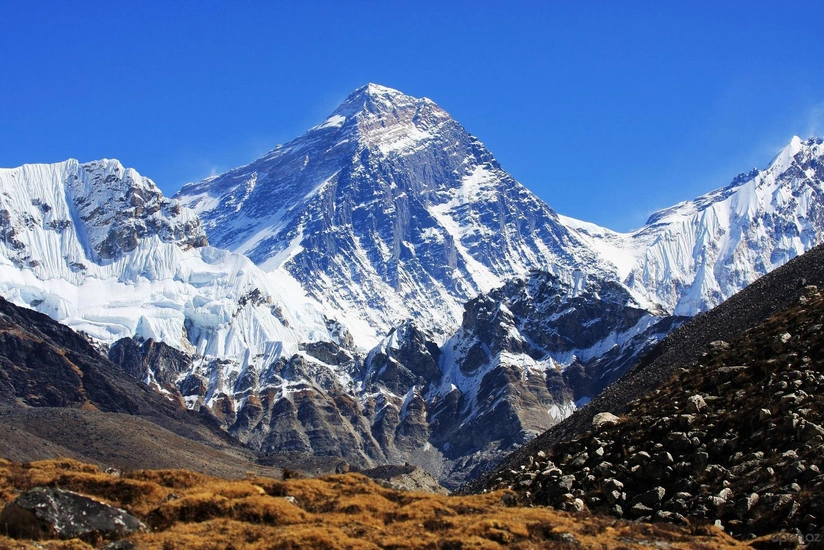Everest glaciers begin to melt rapidly due to global warming
- 03 February, 2022
- 11:46

Melting and sublimation on Mount Everest’s highest glacier due to human-induced climate change have reached the point that several decades of accumulation are being lost annually now that ice has been exposed, according to a University of Maine-led international research team that analyzed data from the world’s highest ice core and highest automatic weather stations, Report informs referring to SciTechDaily.
The extreme sensitivity of the high-altitude Himalayan ice masses in rapid retreat forewarns of quickly emerging impacts that could range from increased incidence of avalanches and decreased capacity of the glacier stored water on which more than 1 billion people depend to provide melt for drinking water and irrigation.
At the rate at which the highest glaciers are disappearing, Mount Everest expeditions could be climbing over more exposed bedrock, potentially making it more challenging to climb as snow and ice cover continues to thin in the coming decades, according to UMaine climate scientists Mariusz Potocki and Paul Mayewski.
“It answers one of the big questions posed by our 2019 NGS/Rolex Mount Everest Expedition - whether the highest glaciers on the planet are impacted by human-source climate change. The answer is a resounding yes, and very significantly since the late 1990s,” Mayewski says.
Model simulations found that the region’s extreme insolation means that ablation - loss of surface mass by melting or vaporization - can accelerate by a factor of more than 20 if snow cover gives way to ice. And while warming air temperatures caused most of the sublimation, declining relative humidity and stronger winds also were factors.
“Climate predictions for the Himalaya suggest continued warming and continued glacier mass loss, and even the top of the Everest is impacted by anthropogenic source warming,” says Potocki, a glaciochemist and doctoral candidate in the Climate Change Institute who collected the highest ice core on the planet.
